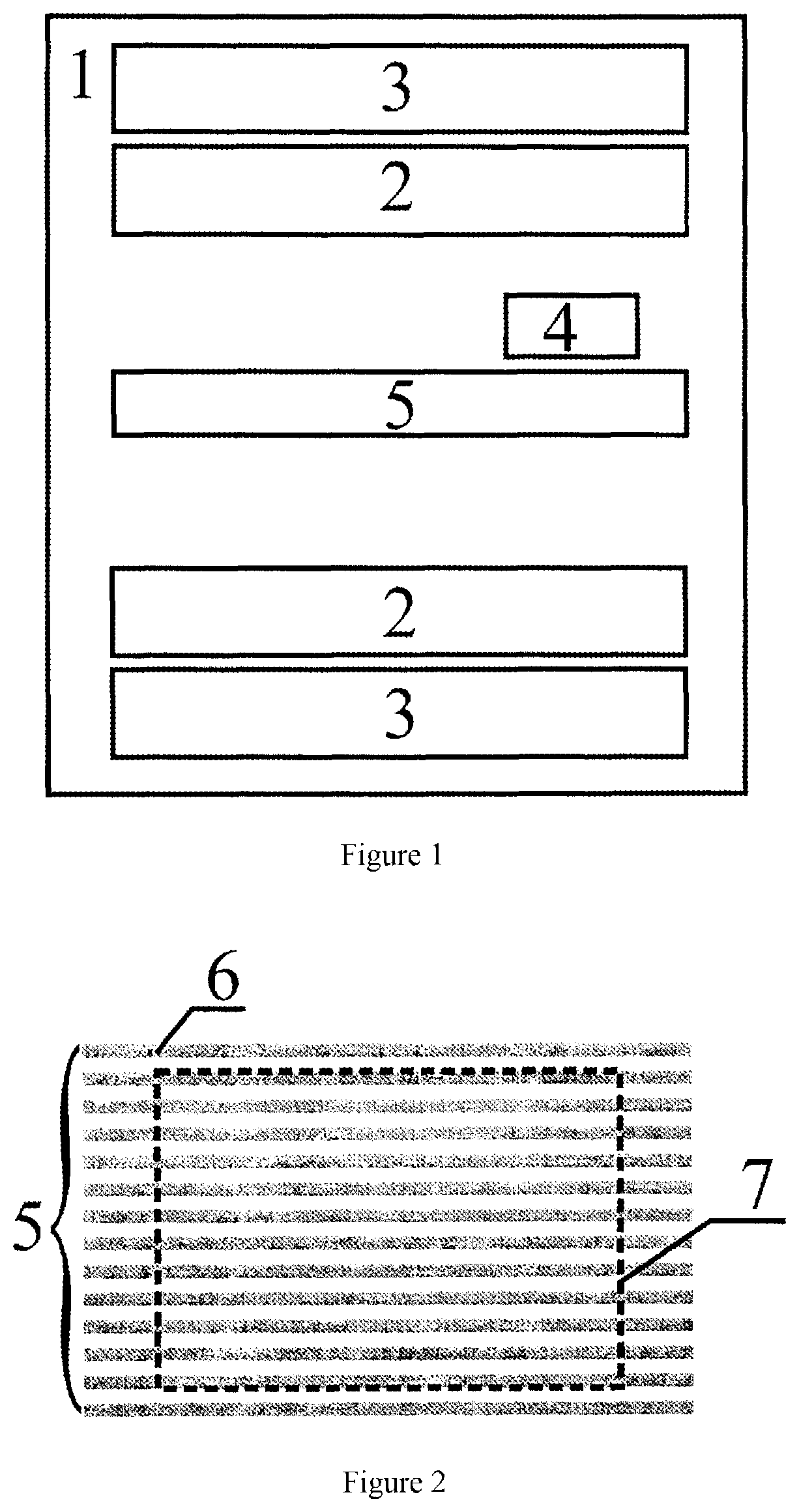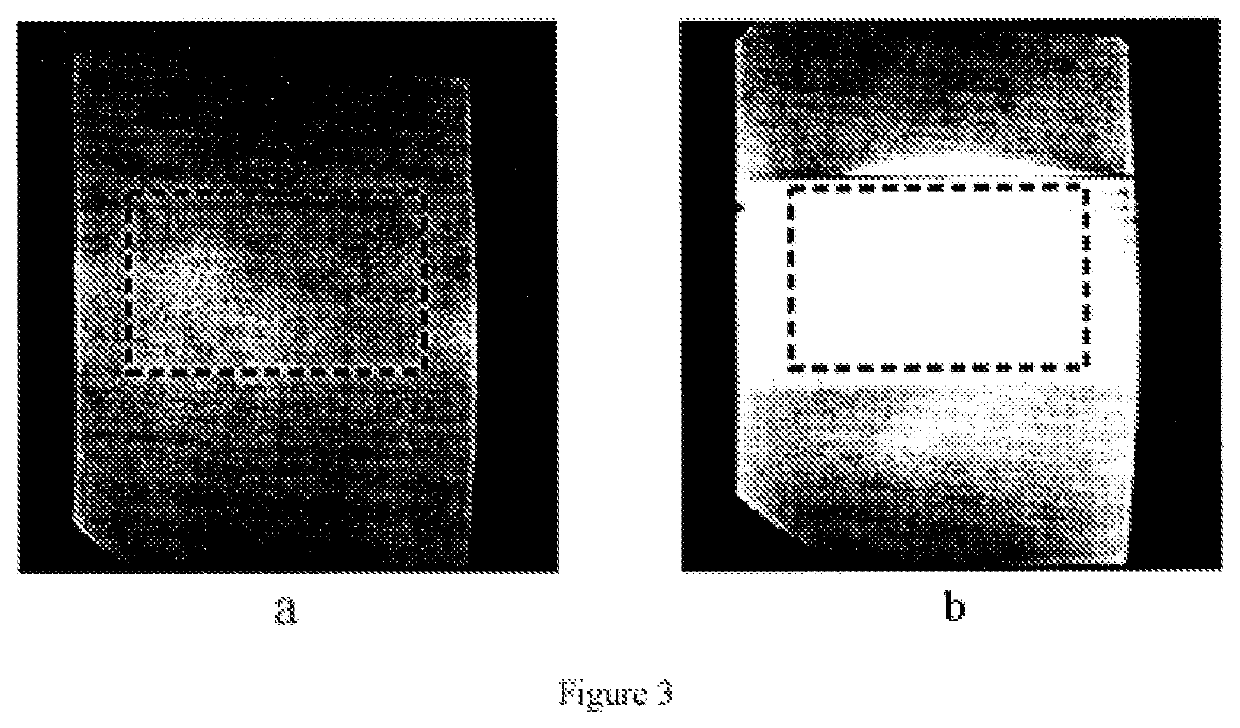Magnetic resonance imaging machine
a magnetic resonance imaging and machine technology, applied in the field of medical diagnostic screening, can solve the problems of not studying the effect of ultra-high-field mri machines on the human body, unable to be used for widespread scanning of patients, and improving the characteristics of low-field mri machines (in particular), so as to achieve greater signal-to-noise ratio values, higher field amplitude, and higher resonator q factor
- Summary
- Abstract
- Description
- Claims
- Application Information
AI Technical Summary
Benefits of technology
Problems solved by technology
Method used
Image
Examples
Embodiment Construction
of continuous magnetic field 1 a powerful static magnetic field is created inside a magnetic resonance imaging machine, after which the subject being examined 7 is placed into the imaging machine. The magnetic moments of the protons of the subject being examined 7 align themselves parallel to the static magnetic field, the protons begin to precess at Larmor frequency, and the subject 7 acquires pronounced magnetization. Using the unit for generating a gradient magnetic field 3, additional magnetic fields are created, with said fields altering the magnitude of continuous magnetic field relative to the value, created by the source of continuous magnetic field 1, making it possible to encode the spectral and spatial response of certain lesser volumes of the subject being examined 7, said lesser volumes being characterized by their own period and frequency of Larmor precession. Then the subject being examined 7 is irradiated with an RF impulse created by the generator of radio-frequency...
PUM
 Login to View More
Login to View More Abstract
Description
Claims
Application Information
 Login to View More
Login to View More - R&D
- Intellectual Property
- Life Sciences
- Materials
- Tech Scout
- Unparalleled Data Quality
- Higher Quality Content
- 60% Fewer Hallucinations
Browse by: Latest US Patents, China's latest patents, Technical Efficacy Thesaurus, Application Domain, Technology Topic, Popular Technical Reports.
© 2025 PatSnap. All rights reserved.Legal|Privacy policy|Modern Slavery Act Transparency Statement|Sitemap|About US| Contact US: help@patsnap.com


